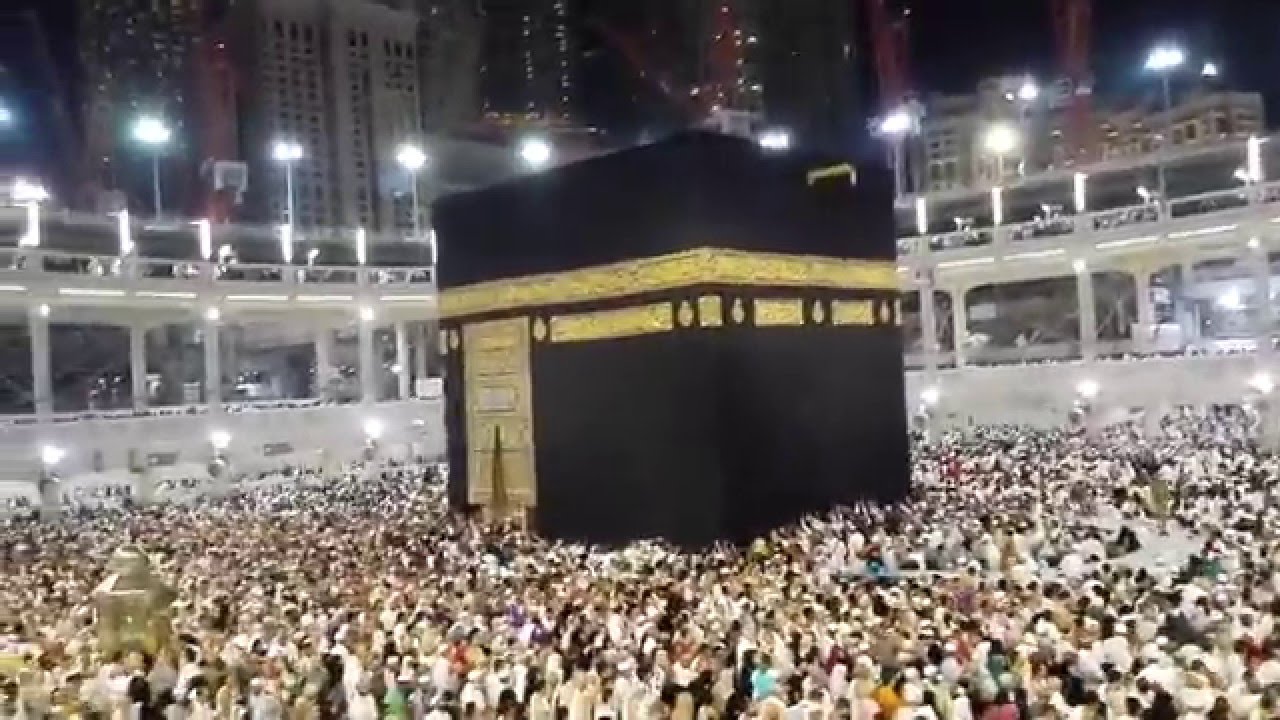Salam-Types
“Bismillahir Rahmannir Raheem”Al-Hamdu Lillaahi Rabbil ‘Aalameen was Salaatu was- Salaamu ‘Alaa Sayidinaa Muhammadin wa Aalihi wa Asabihi Ajma ‘een (tauheed- risalat- ahkirat and islam-iman-ihsan)
THE STANDING (SALAAMI)
Qiyaam (i.e. standing), is of 6 types:
Qiyaame-Jaaiz (permissible), QiyaameFardh, Qiyaame-Sunnat, Qiyaame-Mustahab (preferred), Qiyaame-Makrooh (disliked) and Qiyaame-Haraam.
Alamghiri states, “Stand before the blessed Rauza Sharif just as how standing in namaaz is done. The beautiful appearance of the Holy Prophetﷺ should be envisaged in the mind of him resting in his blessed grave and knowing and hearing the person standing before the Rauza,’ Vol. 1. Kitaabul-Hajj, Adaabu Ziyaarati-QabrinNabi.
Likewise, when making Fatiha at the graves of the Mu’mins, it is Sunnah to put the back towards the Qibla and stand facing the grave.
Alamghiri states, “You should remove your shoes, put your back towards the Qibla and stand facing the grave.” Kitaabul-Karaahiyah, Baabu Ziyaaratil-Quboor
It is Sunnah to stand on a few occasions, such as out of respect far a deeni glorified object. This is why it is proven from the Sunnah to stand and drink the water of Zam-Zam and the water remaining after wudhu.
The Rauza Sharif, water of Zam-Zarn and wudhu, as well as the grave of a Mu’min are all sacred things. Their respect has been emplaced with standing (qiyaam).
Whenever a deeni leader or person approaches, to stand for his respect is Sunnah. Standing when a deeni leader stands is Sunnah and sitting while he is standing is contrary to politeness. When Hadrat Sa’ad ibn Mu’aaz (ra) came into Musjidun Nabawee, the Holy Prophetﷺ ordered the Ansaar, “Stand up for your leader.” Mishkaat, Vol. 1, Kitaabul-Jihoad, Baabu Hukmil-Usraa and Baabul-Qiyaam This standing was in respect (Tazimi)
(5/6) Shaikh Abdul-Haqq (ra) writes, “At this juncture, the wisdom behind the display of reverence to Sa’ad (ra) was because he was called to decide on the Bani Quraiza. Demonstrating his distinction and glory in this manner was appropriate and good.” – Ashiatul-Lam’aat
Under the Hadith ‘Qoomu ilaa-Sayyidikum’, Ashiatul-Lam ‘aat states, “Based on this Hadith, the majority of scholars have unanimously agreed on the permissibility of respecting the virtuous Ulama.
Mishkaat state under the Hadith ‘Qoomu ila Sayyidikurn’ (Stand for your leader), “Imam Nawawi (ra) writes, “This proves the practice of showing respect to pious elders; meeting and standing for them. The majority of Ulama have used this to substantiate that this standing is not from amongst the prohibited types. It is only prohibited when people stand around a person who is sitting and remain standing while he sits.” Kitaabul-JiJuul, Baobu Hukmil-Usraa
Hadrat Abu Hurairah (ra) states, “Whenever the Prophetﷺ woke up from a gathering, we used to stand up until we saw him enter the home of any of his spouses.” Mishkaat, Baabul-Qiyaam.
Imam Nawawi (ra) states, “To stand at the time of Buzurgs approaching is Mustahab (preferred).
” It has been recorded from the book ‘Qeenya’ that it is not Makrooh for a sitting person to stand up in respect of someone who approaches.” – Kitaabul-Adab, Baabul-Qiyaam .
When I want to talk to allah I say prayers and when I want that he talk to me I recite quran- Hazrath Ali(ra)
Make sure you forward this to others .


